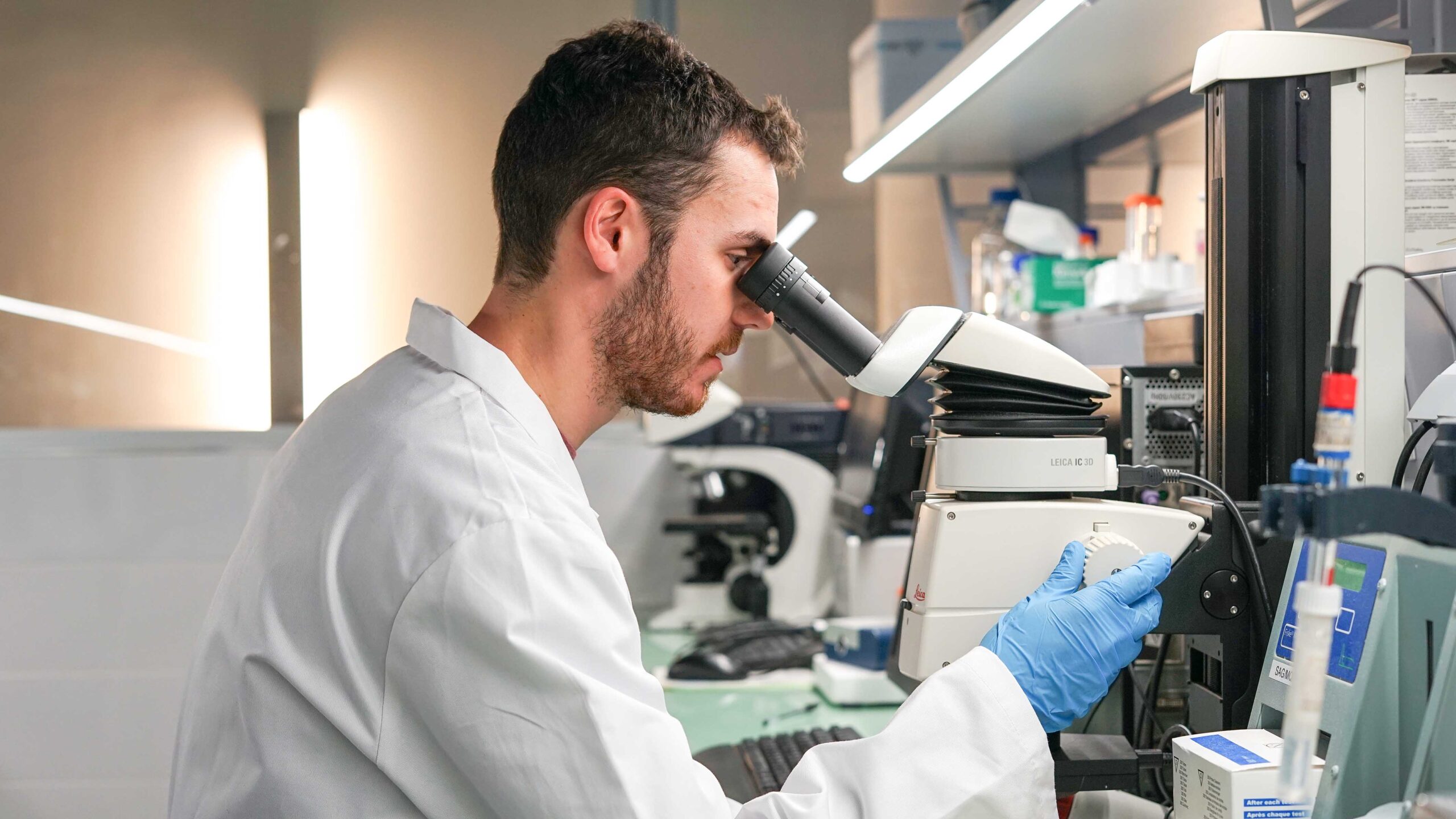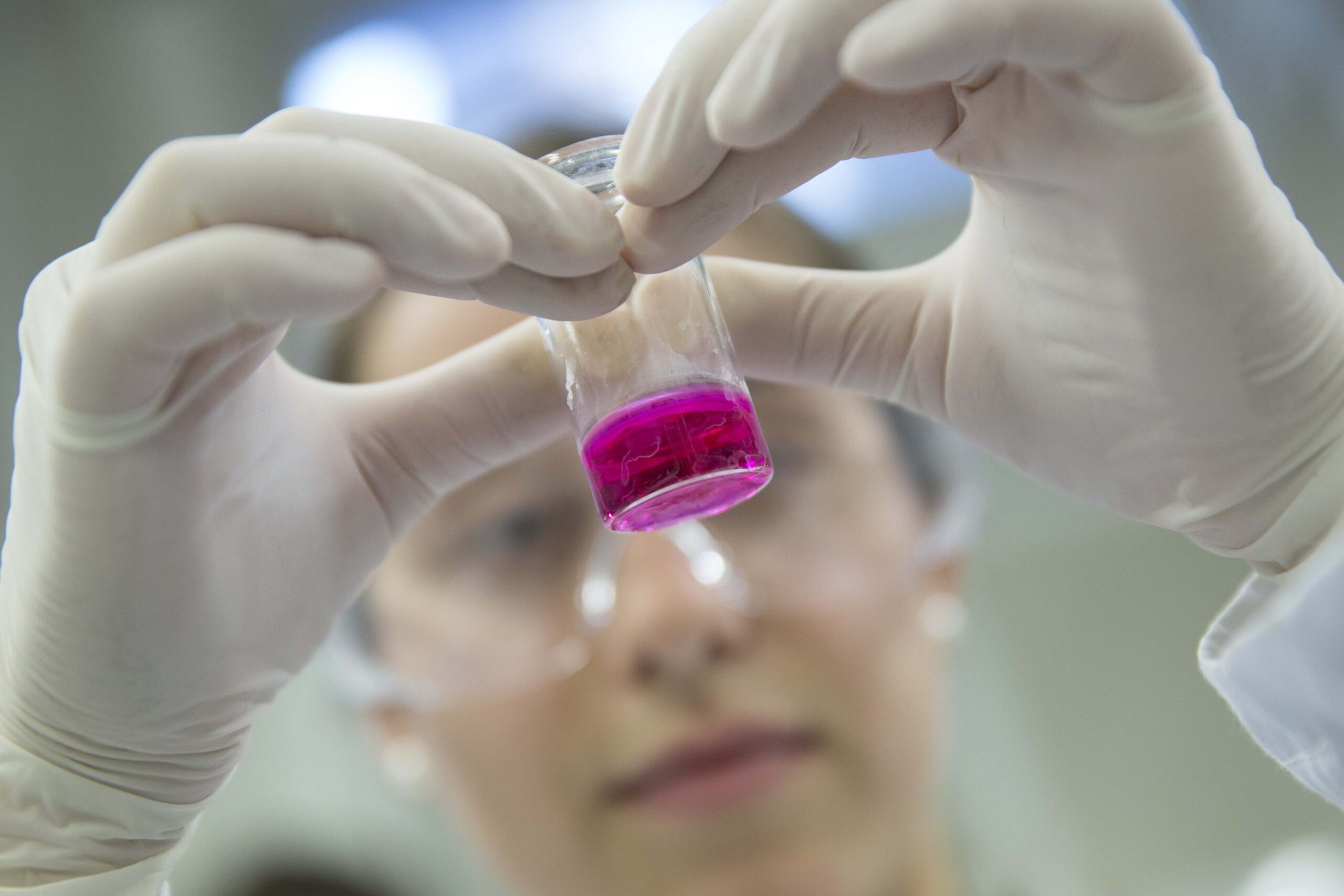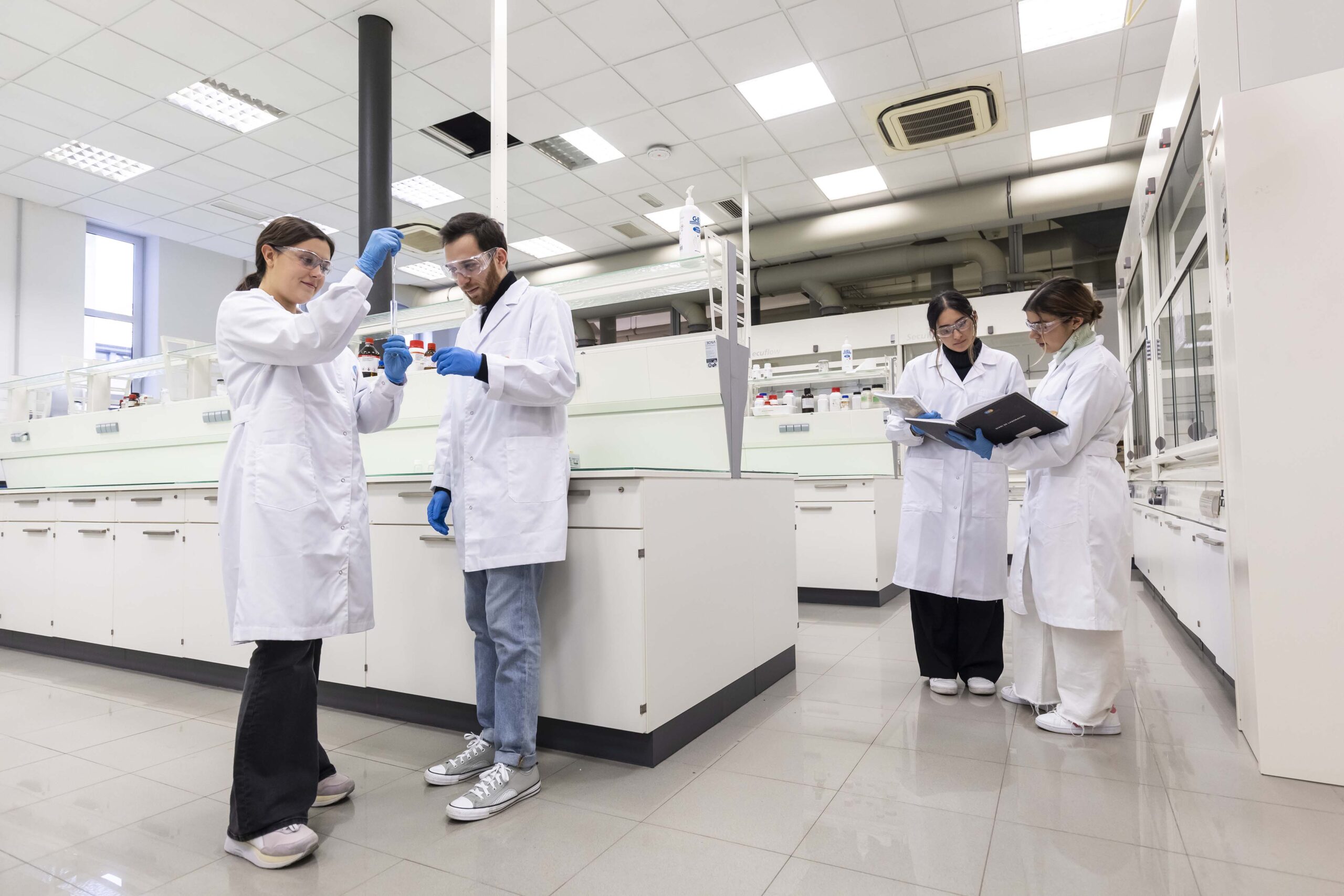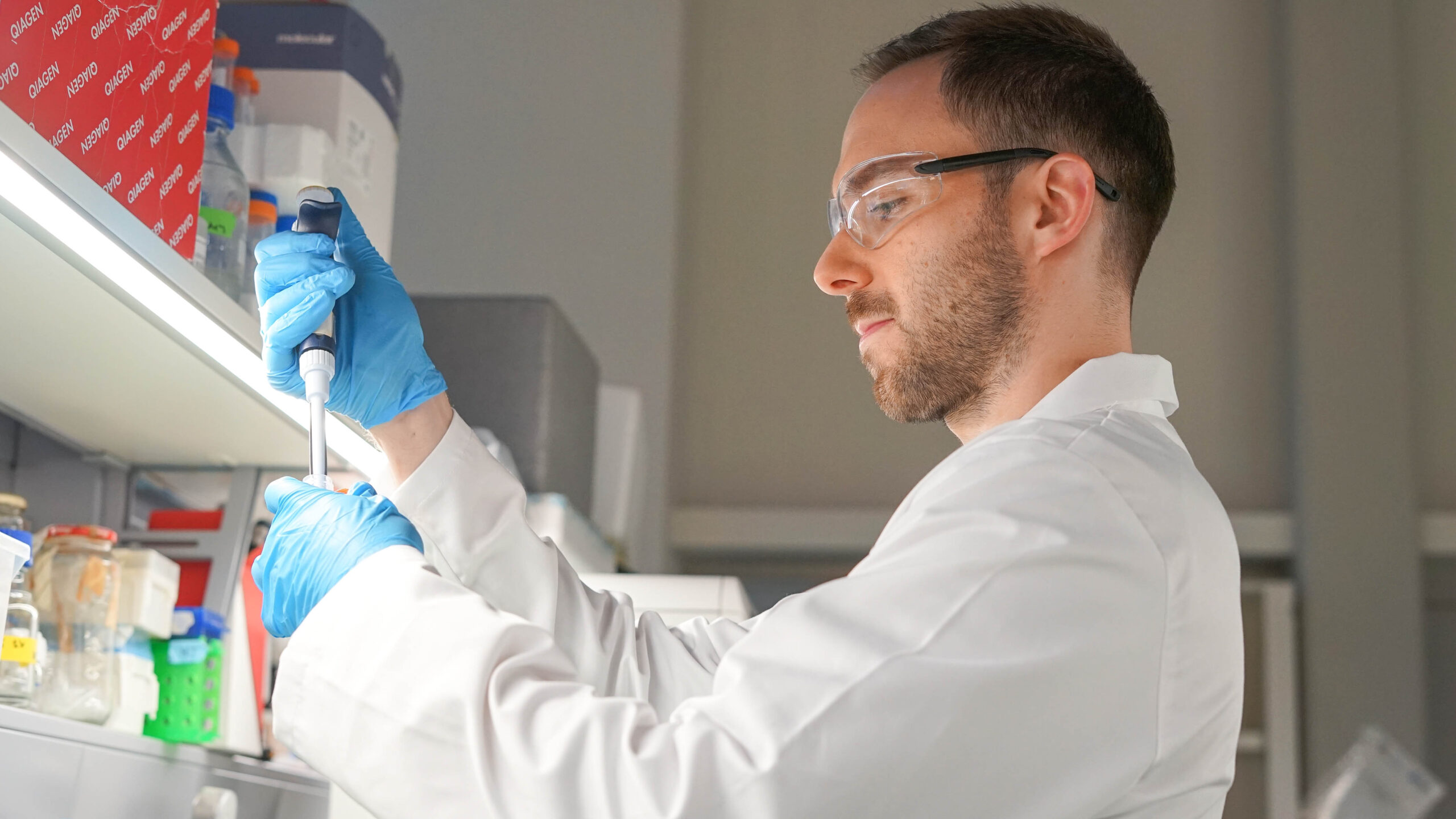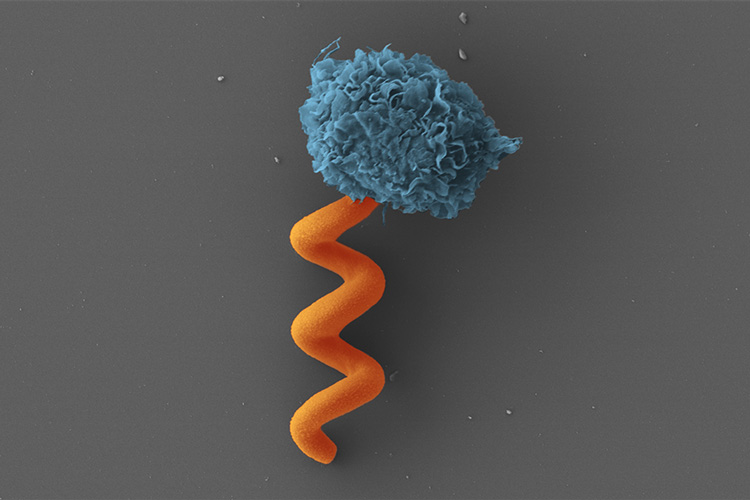An image of the zwitterionic micro-robot developed by IQS in collaboration with the Max Plank Institute for Intelligent Systems is among the featured images on the Advanced Science News scientific portal

Depiction of the Zwitterionic microrobot
The website Advanced Science News highlights new developments coming from a broad range of scientific disciplines such as life sciences, materials sciences, sustainability, electronics, and nanotechnology, among others. Scientists across the globe are collaborating to provide a platform for the most cutting-edge research.
Under the concept “There is art in science and science in art,” the website highlights some of the images published in scientific articles. Sometimes the images make science more interesting, more attractive, and more inspiring, but they show that science and art are not incompatible above all. Although they belong to two separate spheres, the similarity between the two worlds is becoming increasingly stronger. On the one hand, both scientific research and art require high levels of imagination, creation, reflection, and interpretation. On the other hand, the results in both cases are shared with society, generating a debate between leading experts (and those not so knowledgeable in the subject).
Images help us to visualise and imagine what we are not capable of seeing with the naked eye. They help us to understand the mechanisms for how processes work, especially when they are complex and take place at nanometric scales. With art, purely explanatory images acquire a new dimension that awaken our senses and make us react with specific feelings.
This month, Advanced Science News includes one of the images from the article “Zwitterionic 3D-Printed Non-Immunogenic Stealth Microrobots,” published in Advanced Materials. The article emerges from the collaborative scientific research between the Max Plank Institute for Intelligent Systems and IQS.
The image that has earned this artistic recognition is the depiction of a drug-carrying microrobot, manufactured with zwitterionic polymer, which can operate covertly under the immune system’s radar. Dr Salvador Borrós, Dr Metin Sitti, and their teams create these stealthy robots using fully zwitterionic photosensitive materials developed by two-photon polymerisation and 3D micro-printing. Microrobots feature a wide range of functions, with tunable mechanical properties, anti‐biofouling and non‐immunogenic properties, functionalization for magnetic actuation, encapsulation of biomolecules, and surface functionalization for drug delivery.
So, what did you think microrobots were like?
Dr Núria Vallmitjana
Director of IQS Tech Transfer
